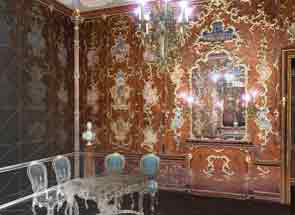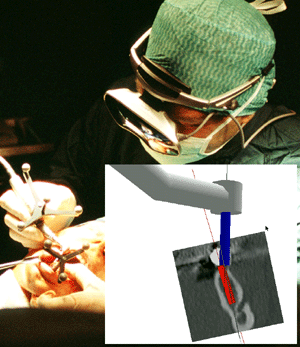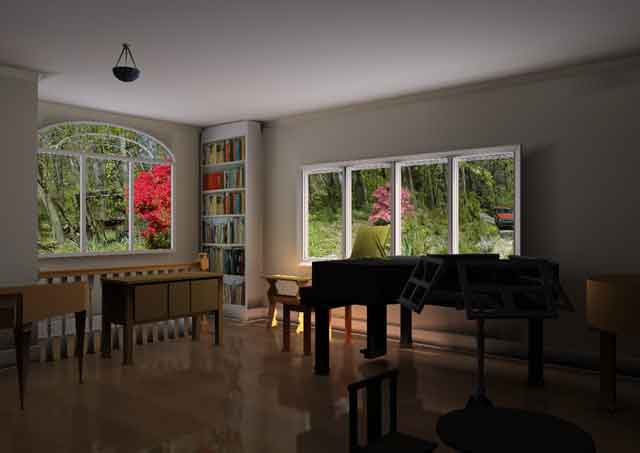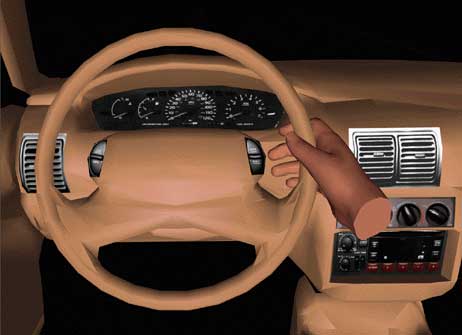Gabriella Giannachi introduces VR
Term coined by Jaron Lanier describing
‘a real or simulated environment in which the perceiver experiences telepresence ’ [link] Steuer, 1992: 76-7).
Often used as a synonym of cyberspace, which also refers to a simulated environment allowing for human interaction (Sterling, 1990)
Defines a process of simulation and the presence of a ‘reality’ which is produced artificially.


The simulation is usually created by mounting a small pair of video monitors directly to the user’s head. These form a stereoscopic image before the eyes which, as suggested by Michael Benedikt, is then continuously updated and readjusted by the computer to respond to head movements so that the users find themselves totally surrounded by what appears to be a three-dimensional world (Benedikt, 1993: 11, added emphasis).
‘each eye is presented with a slightly different image, to create a three-dimensional illusion. When you move your head, the scene around you changes, just like in the physical world.’ (Lanier in Jacobson, 1992: 272).
Another commonly used tool is the dataGlove which, quite literally, ‘puts your hand inside the virtual space’ (Lanier in Jacobson, 1992: 273), so that through the dataGlove the viewer can touch and pick up virtual objects as if they were ‘real’. Gloves can also offer a tactile feedback so when the viewer touches the virtual object they actually feel something.
‘sensory immersion has broad ontological implications. First, virtual entities are not representations. They do not re-present. They do not “present again” something that is already present somewhere else. (…) As in the medieval theory of transubstantiation, the symbol becomes the reality. This is the meaning of telepresence’. (Heim in Featherstone and Burrows, 1995: 70)


‘everything seems brighter, even slightly illusory. Reality afterwards seems hidden beneath a thin film of appearance. Perceptions seem to float over a darker, unknowable truth. The world vibrates with the finest of tensions, as if something big were imminent, as if you were about to break through the film of illusion.’ (Heim in Featherstone and Burrows, 1995: 67)
the consequences of looking at the real through virtual reality technologies became manifest during the first Gulf War in which ‘the screen became the scene of the war’ (Robins and Levidow in Gray, 1995: 120).
the new video technology was able to create the feeling of a closer proximity between the weapon and the target whilst simultaneously producing a greater psychological distance in that ‘seeing was split off from feeling’ and ‘the visible was separated from the sense of pain and death’ so much so that ‘enemy threats – real or imaginary, human or machine – became precise grid locations, abstracted from their human context’ (Robins and Levidow in Gray, 1995: 121).
Illustrations:
- (Millionenzimmer. Concept: Florian Berger, Martin Bruner, Peter Freudling, Horst Hörtner, Andreas Jalsovec, Friedrich Kirschner, Date: 2005)
- (Artma Biomedical Inc. [link])
- (The University of North Carolina at Chapel Hill, College of Arts and Sciences [link])
- (The University of Michigan Virtual Reality Laboratory (VRL) at the College of Engineering [link])








